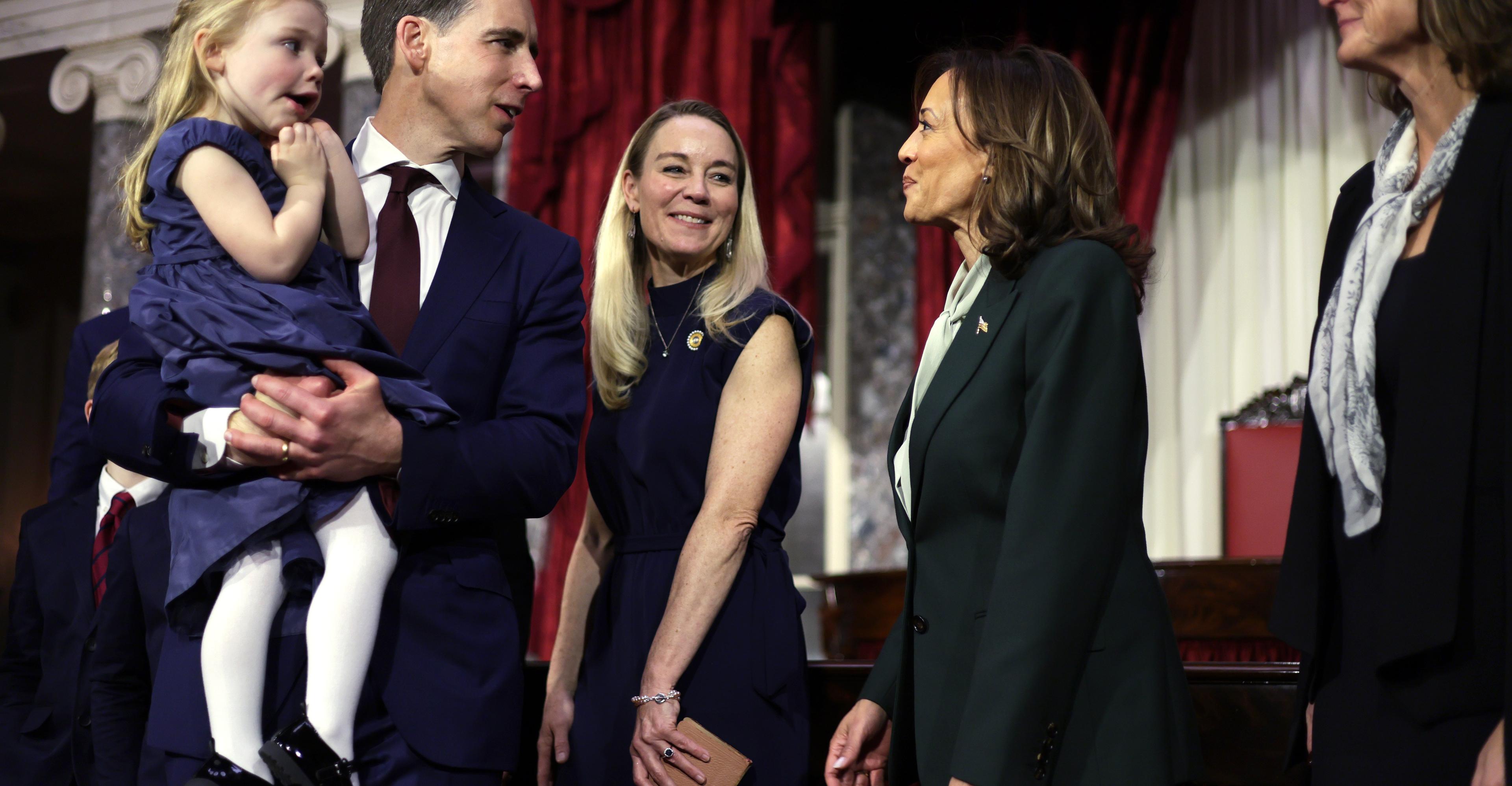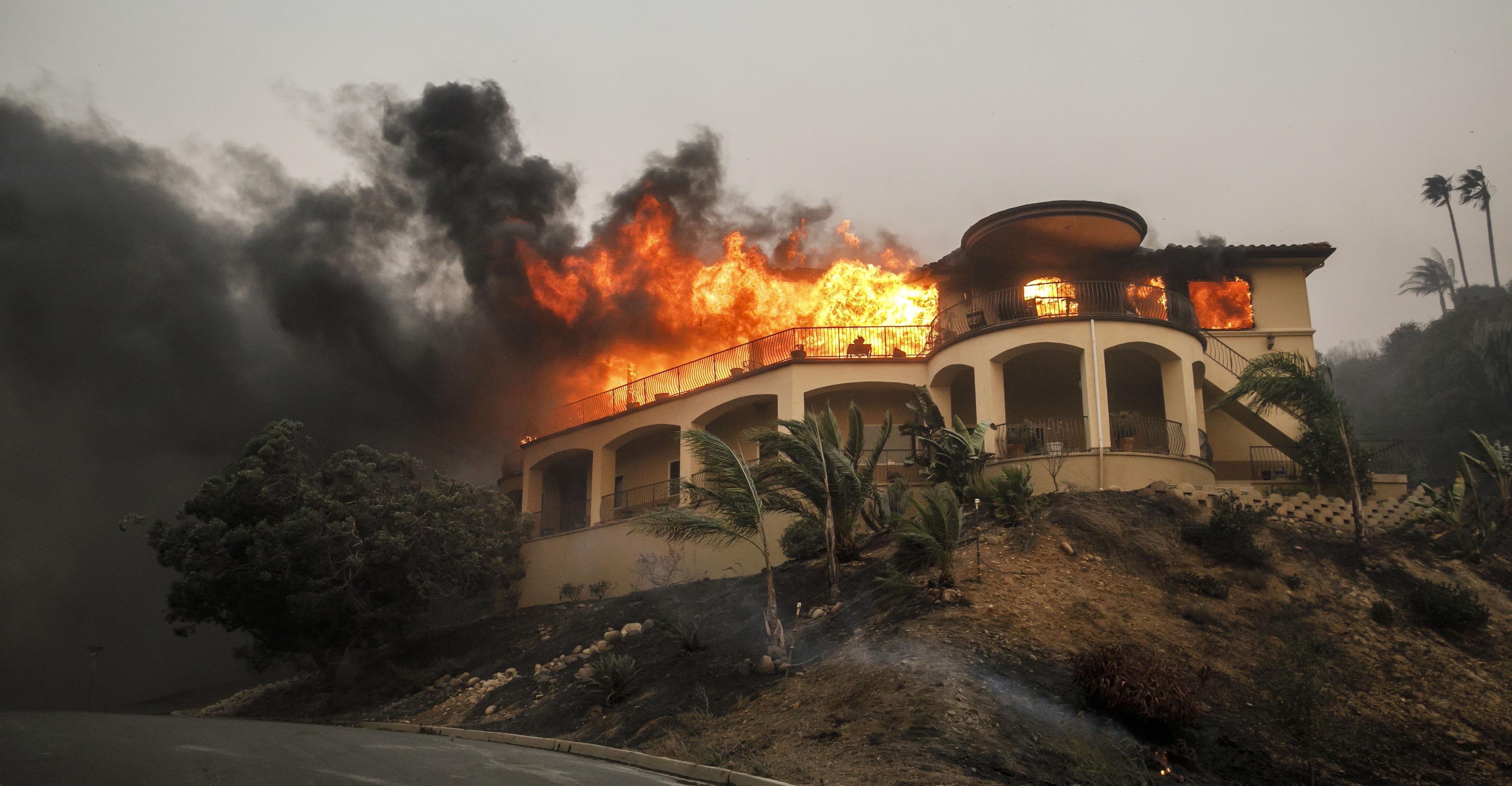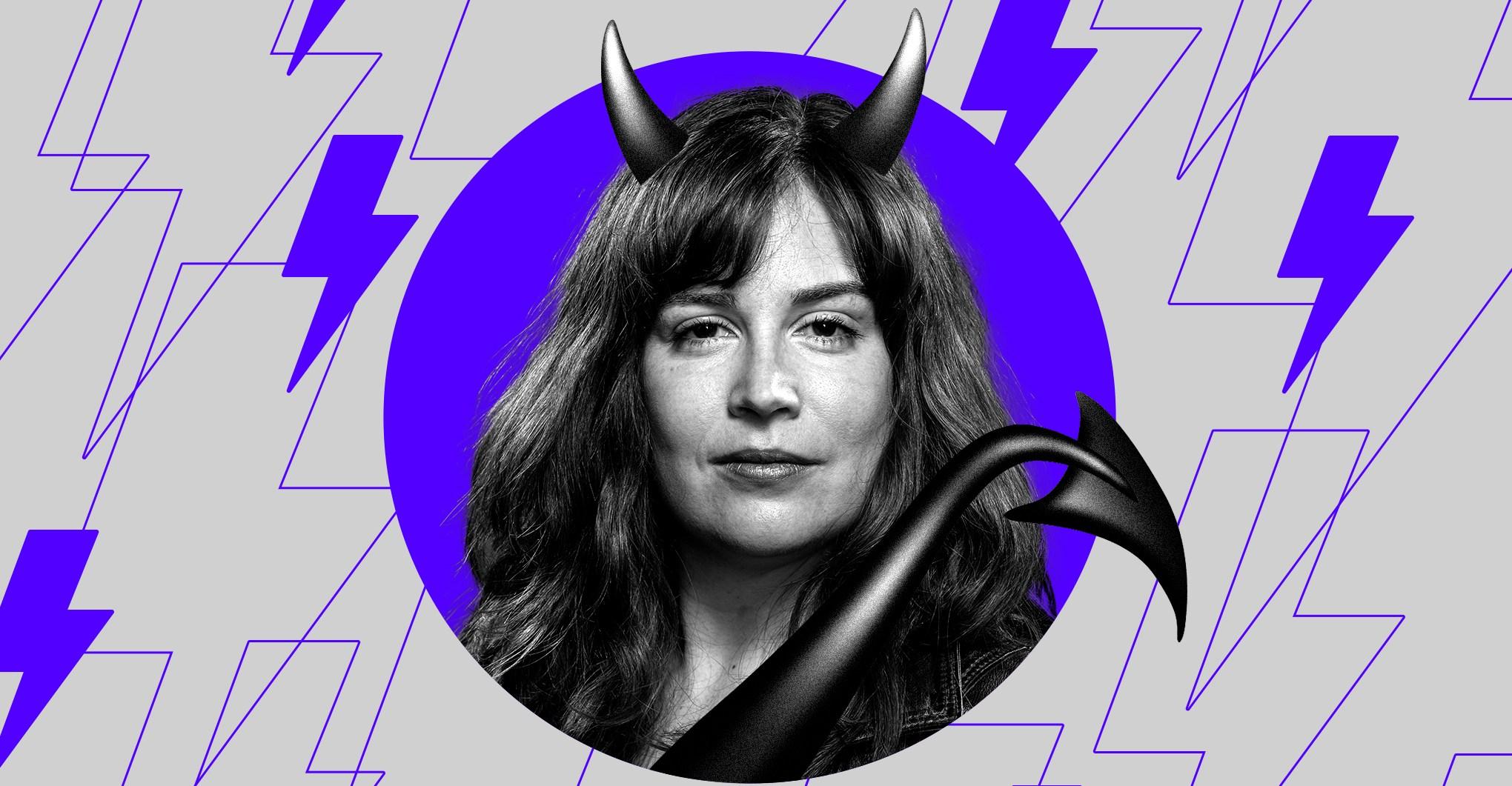Journalist Vincent Bevins grapples with grassroots movements from Egypt to Brazil to Hong Kong.


When a street vendor named Mohamed Bouazizi self-immolated in protest of the Tunisian government in 2010, he inspired a revolution in his country and ultimately a cascade of revolt across the Middle East, Europe, Asia, Latin America, and even in the United States.
The 2010s was a decade of mass protest, as the journalist Vincent Bevins writes in his new book If We Burn: The Mass Protest Decade and the Missing Revolution. But the movements demonstrating in public squares in world capitals lost out, and many countries ended up with leaders even more repressive than the autocrats that protests toppled.
Figuring out why many of the revolutions never materialized has bedeviled activists since.
This is the task that Bevins, a former correspondent for the Los Angeles Times and the Washington Post, sets out to explore in over 250 interviews across 12 countries. The result is the kind of broad survey that was impossible for reporters to capture in the middle of these uprisings. There are trends and shared triggers: that after governments crack down on an initially small group of protesters, the squares swell with more and more demonstrators; that in the midst of a leftist eruption, the far right often quickly coopts the momentum; that the media itself bears some responsibility for the movements’ shortcomings; that, now, activists are eager to tell the intricacies of their efforts so that the next generation of protesters can get things right.
:no_upscale()/cdn.vox-cdn.com/uploads/chorus_asset/file/24962951/108694085.jpg)
On the media’s role, he looks back at when he was covering Brazil’s 2013 protests from the vantage point of an American. “People like me ended up in this position that we did not earn and we did not deserve, of being called upon to explain to the world what was actually happening in the streets,” Bevins told me. “We did not have the intellectual or material resources to do this properly. ... And we too often saw what we wanted to see in the mass protest explosions.”
Are there lessons for those ready to rise up today or tomorrow? “If you look back on the decade with this wide lens as I do, you see the copying and pasting of tactics that were developed in wildly different circumstances,” he says. “One of the many lessons that comes out of these conversations is: Pay very, very close attention to what your society is, how you’re trying to change it, and the applicability of the tactics you’re adopting to your given situation.”
Somehow, despite all the loss and the failed revolutions, it’s a hopeful story.
Our conversation has been edited and condensed for clarity.
Jonathan Guyer
What struck me in this book is just how many of these protests were happening concurrently. Just to speak from my own experience, I was in Egypt during the 2013 coup that was in part sparked by an astroturf movement, and I left the country for Istanbul, Turkey, as the Gezi Park protests were happening. And the umbrella protests in Hong Kong were inspired by Occupy Wall Street. Tell me about the connections between these movements.
Vincent Bevins
Connectivity provided unexpected benefits and unexpected dangers when it came to the possibility of observing, learning from, and transferring knowledge and solidarity across national borders.
Because on the one hand, the great thing about the internet is that you could see what was happening anywhere, immediately. Movements can be in contact with each other.
I unexpectedly went viral in Brazil when I tweeted about a protest chant that was about Turkey, and Turkish people are sending me messages to pass on to the protesters in Brazil. I was very uncomfortable with this dynamic at the time, not only because I was a journalist in the mainstream corporate media and I was supposed to be objective about this movement, and I’m not supposed to be a part of it. And number two, I’m thinking, “Well, wait a minute, these are really different countries.”
:no_upscale()/cdn.vox-cdn.com/uploads/chorus_asset/file/24962942/171725554.jpg)
:no_upscale()/cdn.vox-cdn.com/uploads/chorus_asset/file/24962947/529255676.jpg)
If you look back on the decade with this wide lens as I do, you see the copying and pasting of tactics that were developed in wildly different circumstances. You see the application of something that was developed to, for example, try to remove an autocratic leader in North Africa being employed in imperfect democracies — but democracies — like Brazil and Ukraine.
You also saw it happening after it became clear in the original country that this particular tactic didn’t even work.
The Umbrella Movement in 2014 in Hong Kong was inspired by Occupy Wall Street, which was inspired by Egypt, which was inspired by Tunisia. Really, this is the globalization of the Tahrir Square model. But by the time they put it into practice in Hong Kong in 2014, Egypt had already ended in disaster; Egypt had already experienced the Sisi coup, which arguably installs a dictator, which is even worse than the Mubarak government that the protest movement initially sought to overthrow.
The idea of writing a book which identifies this mismatch between tactics and targets is to identify the way that you can fix that mismatch. So what looks like a pessimistic reading of history can quickly become an optimistic project that looks toward the future because all you have to do is match the tactics to this huge, demonstrable desire for change in the global system; then you have something that you can work on in the next decade.
Jonathan Guyer
Since you started writing this book, social media has fundamentally been transformed, you might even say it has died. How central was social media to the series of protests that you were covering? Could they happen with social media in the state it’s in today?
Vincent Bevins
The types of mass protest movements that I look at in this book are the explosions which become so large, in which so many people enter the streets that governments are either toppled or fundamentally destabilized. And often getting over that line requires many, many factors to come into play, and to act upon each other and to combine in an explosive manner. And without social media, I think a lot less of them would have gotten across that line.
The reason that social media did not work as promised is not because we misunderstood the nature of the internet and the possibilities of digital connectivity, but because oligarchs took over the digital space.
Often when I’m explaining this book to younger people, my cousins and nieces and nephews, they’re often shocked to hear something that you or I might remember that 10-15 years ago, the common-sense wisdom, the mainstream opinion, and basically, this is what was shared almost across the board in the English-language media, was that anything that happened as a result in social media was going to be fundamentally, necessarily progressive, more democratic, and lead to a better world.
Now, 10-15 years later, if one can imagine a movement of young men storming the capital of a country because of something they saw on the internet, our first reaction is probably going to be the exact opposite. Our first reaction is going to be whoa, hold on, this might be very dangerous. Our first reaction is to think of all of the ways that that can go wrong. And again, I think that’s not because the internet does not have the promise that we believe that it did. It’s because oligarchs conquered it and murdered the best parts of it.
Jonathan Guyer
I liked this line where you said, “Getting tear-gassed is great for engagement.” I wonder if you could step back and talk to me about how you fit yourself into this story. This is more personal than your last book, The Jakarta Method: Washington’s Anticommunist Crusade and the Mass Murder Program That Shaped Our World.
Vincent Bevins
It is a little bit more personal than The Jakarta Method, I think, for two reasons. One is because I lived through the events of this decade, especially in Brazil. And I think that at some points, I was so close to the unfolding events as to require my inclusion in order to be fully honest.
But a fuller answer, the more difficult answer, is that this particular type of response to perceived injustice; this type of explosion; this repertoire of contention; the apparently spontaneous, digitally coordinated, horizontally organized mass protests in public spaces ends up meeting, relying on, handing the privilege of interpreting these events to people like me.
People like me ended up in this position that we did not earn and we did not deserve, of being called upon to explain to the world what was actually happening in the streets.
The participants and the original organizers of these mass protest events, many of them now recognize that this is a fundamental flaw of this particular type of contention, that it relies on somebody else to impose meaning upon it from outside, because the meaning of the movement itself is incapable of speaking in one coherent voice. But whatever the reason for this, people like me, foreign correspondents, especially from the most powerful countries in the world, especially from the dominant corporate outlets, which have the biggest microphone on the global stage, were called upon to explain an endlessly complex set of explosions around the world, and we failed.
:no_upscale()/cdn.vox-cdn.com/uploads/chorus_asset/file/24962955/459567356.jpg)
We did not have the intellectual or material resources to do this properly. We too often were guided by narrow ideological or careerist concerns. We often do not have the depth of knowledge required to place these movements in context. And we too often saw what we wanted to see in the mass protest explosions.
So in order to tell this story honestly, I think we do have to talk about the role of media representation, not only in defining the sort of world-historical significance of these explosions, but indeed in reconfiguring the concrete form of the movements on the street. Because often the particular type of coverage that these movements got, whether in traditional media or on social media, dictated who went out to the street and what they understood that they were going to find there. The gap between what the original organizers thought they were doing and what the later arrivals thought they were going to find often ended in violence or tragedy.
Jonathan Guyer
What do you think is the big takeaway of these varied stories of activists across many different contexts organizing in a whole lot of different societies?
Vincent Bevins
This book is not structured as an argument, it’s really a work of history. And I think that by reading what happens, following chronologically how the decade starts in Tunisia and how things unfold throughout the decade, different readers will come to different conclusions and different interpretations of what really happened.
One of the many lessons that comes out of these conversations is: Pay very, very close attention to what your society is, how you’re trying to change it, and the applicability of the tactics you’re adopting to your given situation.
The mass protest decade, as I call it, demonstrates that there’s a huge amount of desire to change the world for the better, to affect transformations to our global system. And the entire point of this book, the reason that hundreds of people wanted to sit down and talk to me, was to help future generations match the right tactics with the right goals and succeed at creating a better world.

The year of ‘decentering men’
- 19 hours ago

GOG’s Steam-alternative PC game store is leaving CD Projekt, staying DRM-free
- 21 hours ago
Spinner Rashid Khan to lead Afghanistan in Twenty20 World Cup
- 6 hours ago
World begins to bid goodbye to 2025 with fireworks and icy plunges
- 4 hours ago
Any breach of territorial integrity to face decisive response, says COAS Munir
- 7 hours ago

Zohran Mamdani on his mayoral transition and what comes next
- 19 hours ago
Russia will win in Ukraine, Putin says in New Year address
- 6 hours ago

Why conservatives should pay parents to stay home
- 19 hours ago

Turn your PC into a Super Nintendo with Epilogue’s new USB dock
- 21 hours ago

In America, surviving a disaster increasingly depends on what you can afford
- 19 hours ago
NA Speaker, Indian FM meet on sidelines of Khaleda Zia’s funeral in Dhaka
- 7 hours ago
14 killed, 20 wounded in bus-van collision in Jhang
- 4 hours ago





